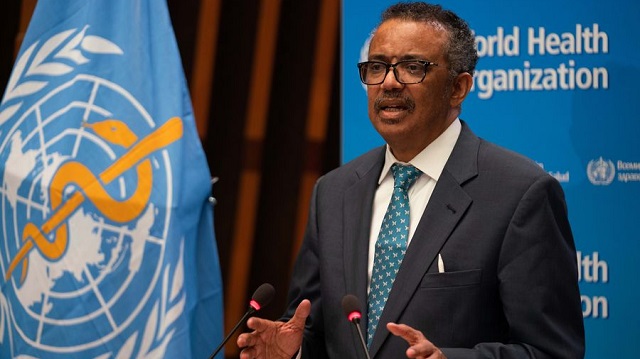
Kampala, Uganda | THE INDEPENDENT | Nearly 2.5 billion people worldwide or 1 in 4 people will be living with some degree of hearing loss in the next 30 years, warns the World Health Organization -WHO’s first World Report on Hearing, released on Tuesday. At least 700 million of these people will require access to ear and hearing care and other rehabilitation services unless action is taken.
“Our ability to hear is precious,” said Dr. Tedros Adhanom Ghebreyesus, WHO Director-General. “Untreated hearing loss can have a devastating impact on people’s ability to communicate, to study and to earn a living. It can also impact on people’s mental health and their ability to sustain relationships
“This new report outlines the scale of the problem, but also offers solutions in the form of evidence-based interventions that we encourage all countries to integrate into their health systems as part of their journey towards universal health coverage.”
The report, launched ahead of World Hearing Day on Wednesday, underlines the need to rapidly step up efforts to prevent and address hearing loss by investing and expanding access to ear and hearing care services.
According to the report, lack of accurate information and stigmatizing attitudes to ear diseases and hearing loss often limit people from accessing care for these conditions noting that even among health care providers, there is often a shortage of knowledge about prevention, early identification and management of hearing loss and ear diseases, hampering their ability to provide the care required.
The organization notes that if countries started investing in ear and hearing care, they would get a return on investment of nearly US$ 16 for every US$ 1 invested.
In many countries the single biggest challenge with ear care is the lack of appropriate human resource with the report finding that 78% of low income countries have fewer than one ear, nose and throat (ENT) specialist per million population. 93% have fewer than one audiologist per million, only 17% have one or more speech therapist per million; and 50% have one or more teacher for the deaf per million.
This gap, WHO experts say, can be closed through integration of ear and hearing care into primary health care through strategies such as task sharing and training.
They say recent technological advances, including accurate and easy-to-use tools, can identify ear disease and hearing loss at any age, in clinical or community settings, and with limited training and resources.
“To ensure that the benefit of these technological advances and solutions is equitably accessible to all, countries must adopt an integrated people-centered approach,” said Dr. Bente Mikkelsen, Director of the WHO Department of Non communicable Diseases. “Integrating ear and hearing care interventions within national health plans and delivering these through strengthened health systems, as part of universal health coverage, is essential to meet the needs of those at risk of or living with hearing loss.”
In children, almost 60% of hearing loss can be prevented through measures such as immunization for prevention of rubella and meningitis, improved maternal and neonatal care, and screening for, and early management of otitis media – inflammatory diseases of the middle ear.
In adults, noise control, safe listening and surveillance of ototoxic medicines together with good ear hygiene can help maintain good hearing and reduce the potential for hearing loss.
********
URN
 The Independent Uganda: You get the Truth we Pay the Price
The Independent Uganda: You get the Truth we Pay the Price


